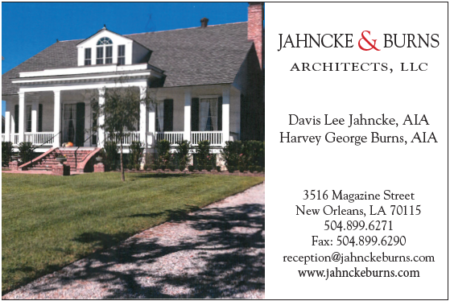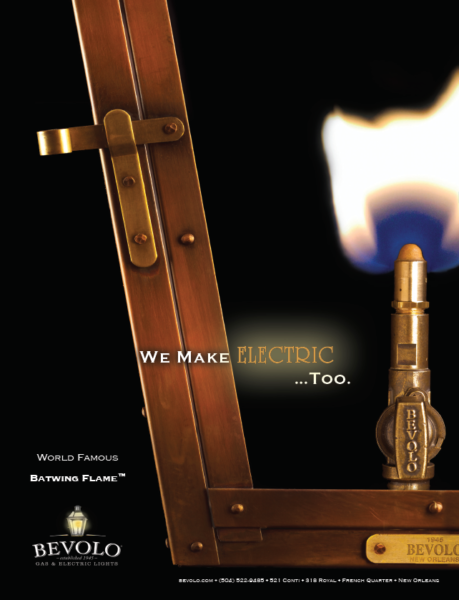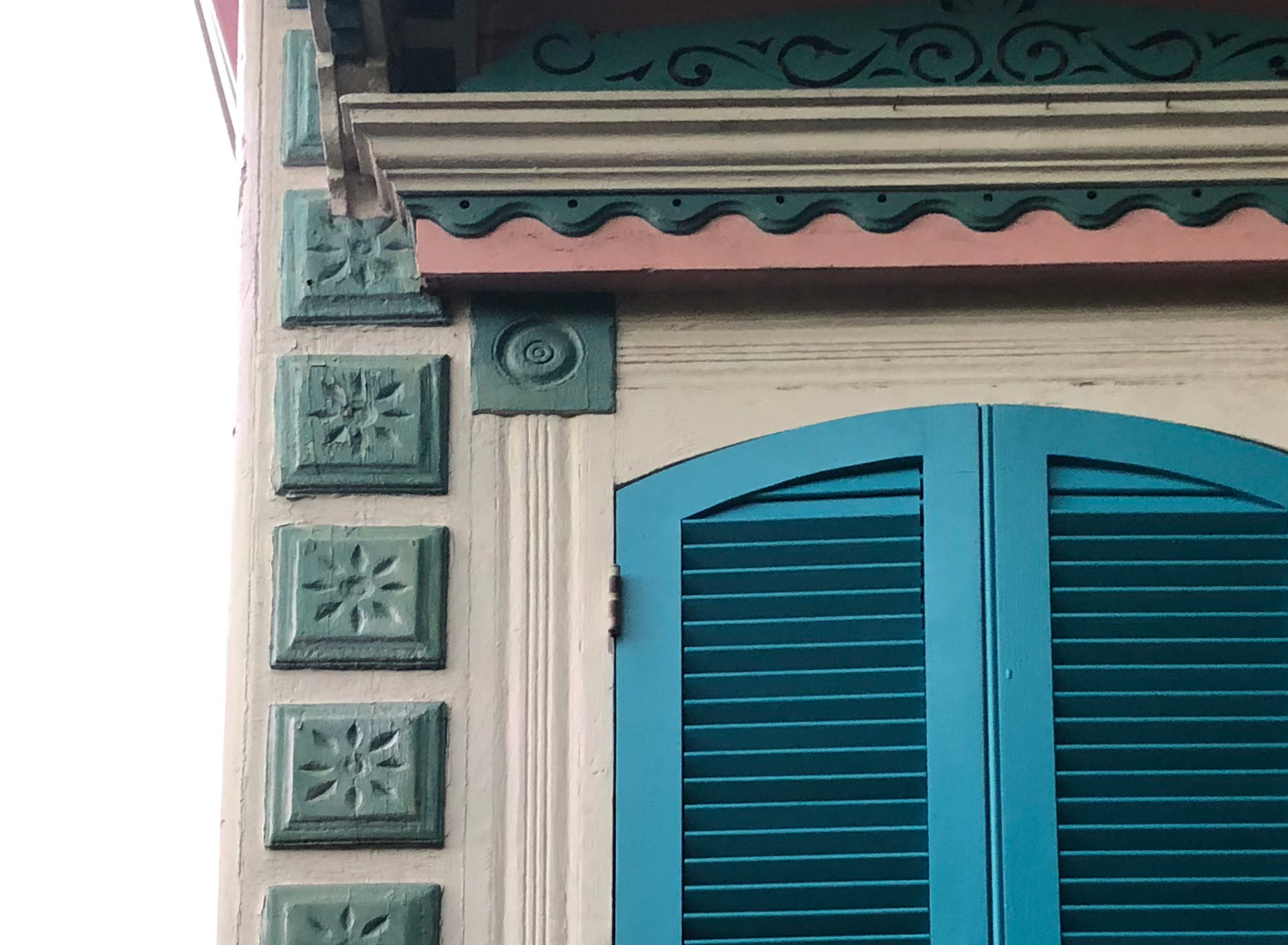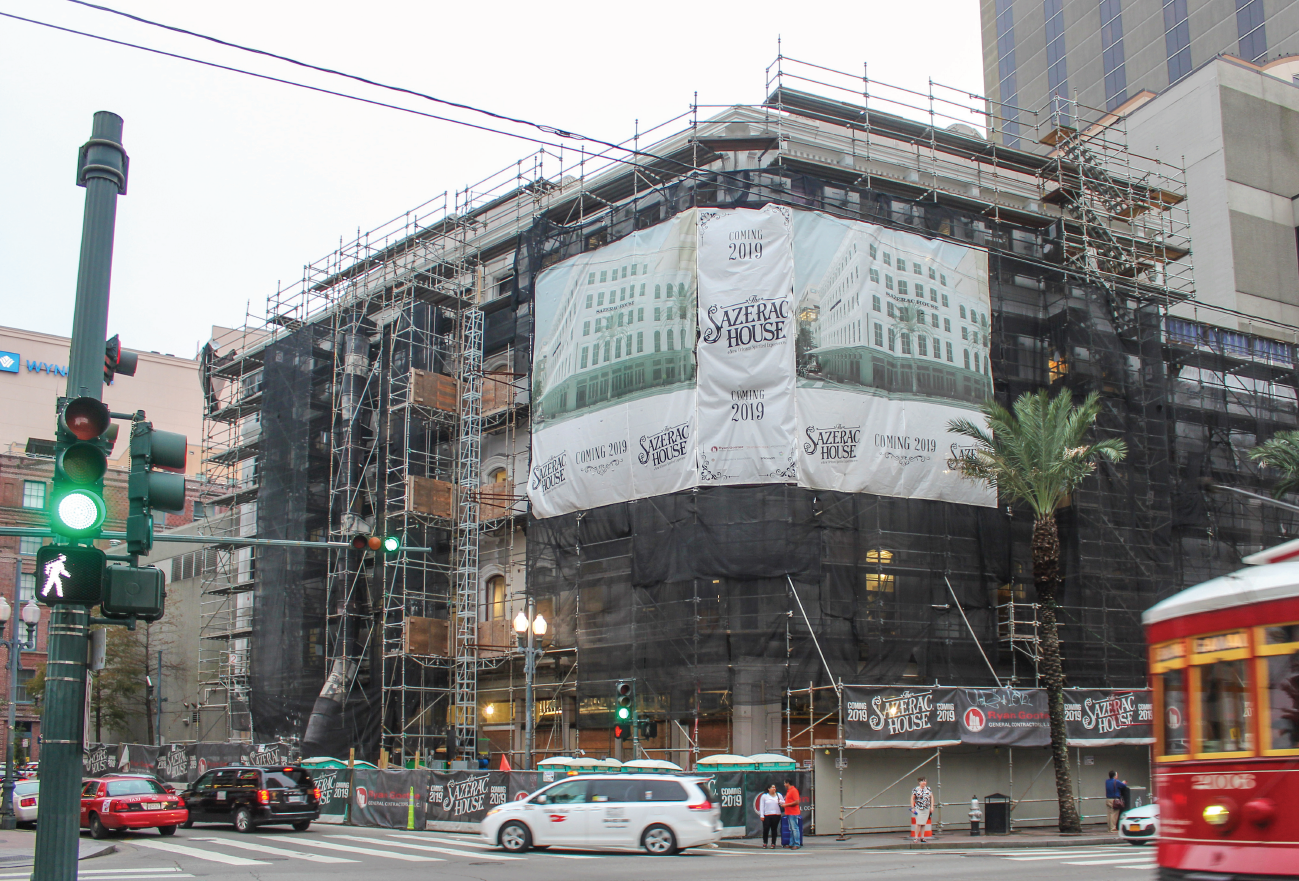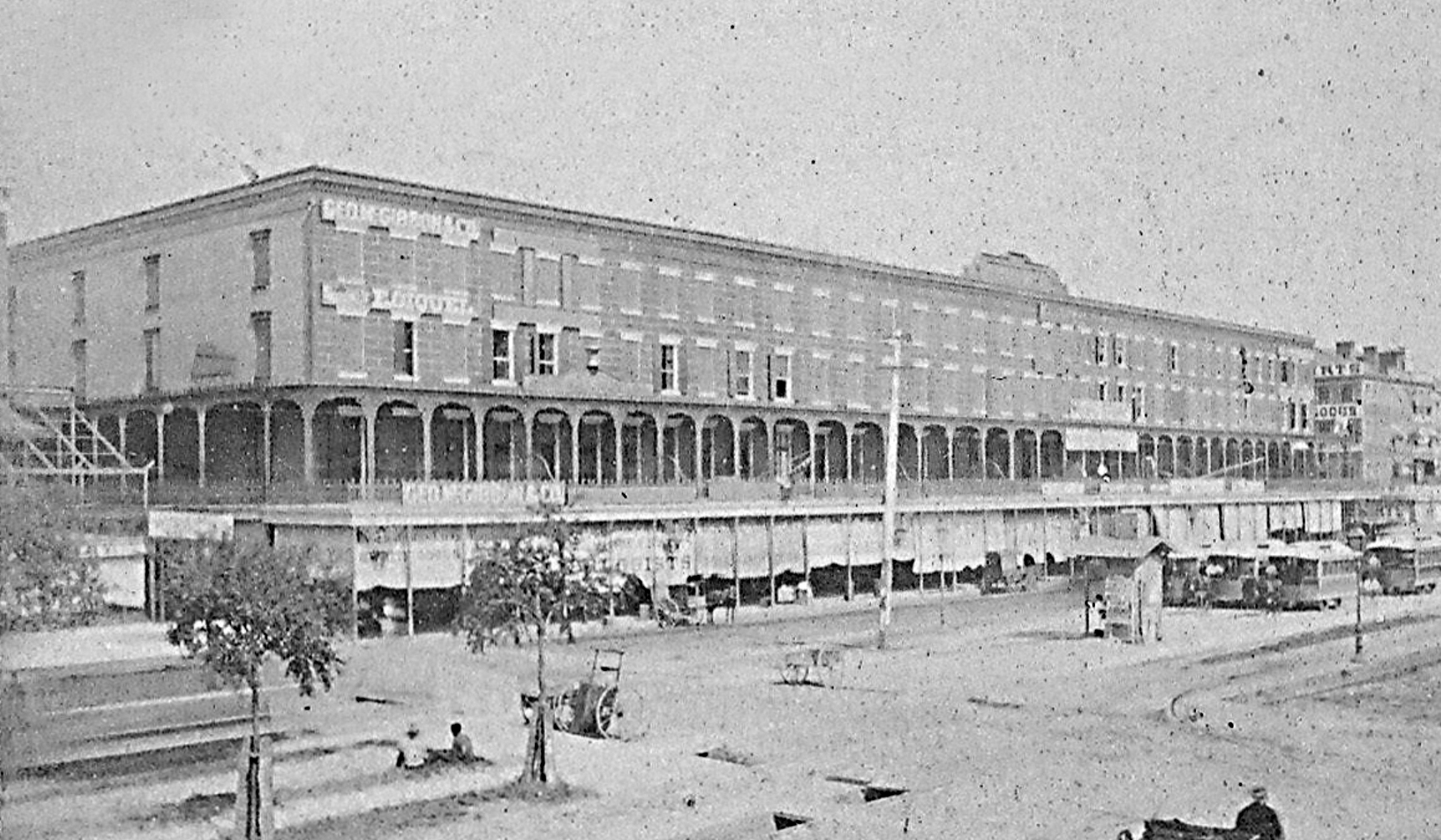This story first appeared in the December issue of the PRC’s Preservation in Print magazine. Interested in getting more preservation stories like this delivered to your door each month? Become a member of the PRC for a subscription!
Nearly every community has at least one — the commercial building that has been vacant for years or the house that needs significant repairs and a serious lawn makeover. Over time, parts of the building start to fall off, and water infiltration and termites begin to speed up the deterioration.
For a host of reasons, these properties often become targets for demolition by city officials, leaving a vacant lot that the city has to maintain. Neighbors often cite illegal activities, lowered property values and public safety as grounds to have blighted historic buildings removed. Although it’s not the building’s fault that it has been allowed to deteriorate, calling for its demolition is the easiest and quickest way to erase a reminder of other social issues happening in the neighborhood.
While demolition works to eradicate unwanted activity from a particular site, that activity unfortunately relocates to another nearby building, street or alley.
A more successful way to improve a neighborhood is to rehabilitate that vacant historic building and occupy it with a family or business owner who can play an active role in the community. This results in a win/win for the local tax base as well. A higher tax base results in more funding for local schools, streets, infrastructure and emergency responders. This is a key step in restoring a neighborhood, along with its pride.
Advertisement
There are many different reasons why properties become blighted, from an owner’s death to lack of money for maintenance, to not wanting to sell a property due to an emotional attachment. Often, multiple heirs and unprobated estates can leave a property in limbo for generations, with nobody taking the lead on maintenance and paying property taxes. This situation only gets worse over time, as the number of descendants increases.
Here are two bits of advice. First, if you own property, have a will. Second, pick a favorite person to receive the entire property or specify that it must be sold and proceeds divided as you see fit. Outside of establishing a family trust, leaving a property to multiple heirs often puts hardship on the building and the family over time.
Louisiana now has another useful tool to help save endangered historic properties that many may feel are “too far gone.” The Louisiana Trust for Historic Preservation established a statewide revolving fund program in November 2015. Since then, the program has stabilized and saved historic homes and commercial buildings in five parishes.
Our latest project is saving the former home of Judge Gilbert Dupre in Opelousas. It served for years as a juvenile services home, but has remained vacant for the past 16 years. Once stabilized, the property will be sold with preservation easements to someone who will complete the rehabilitation. While not listed in the National Register, it is located in the Opelousas Cultural District, where state tax credits may be available depending on proposed plans.
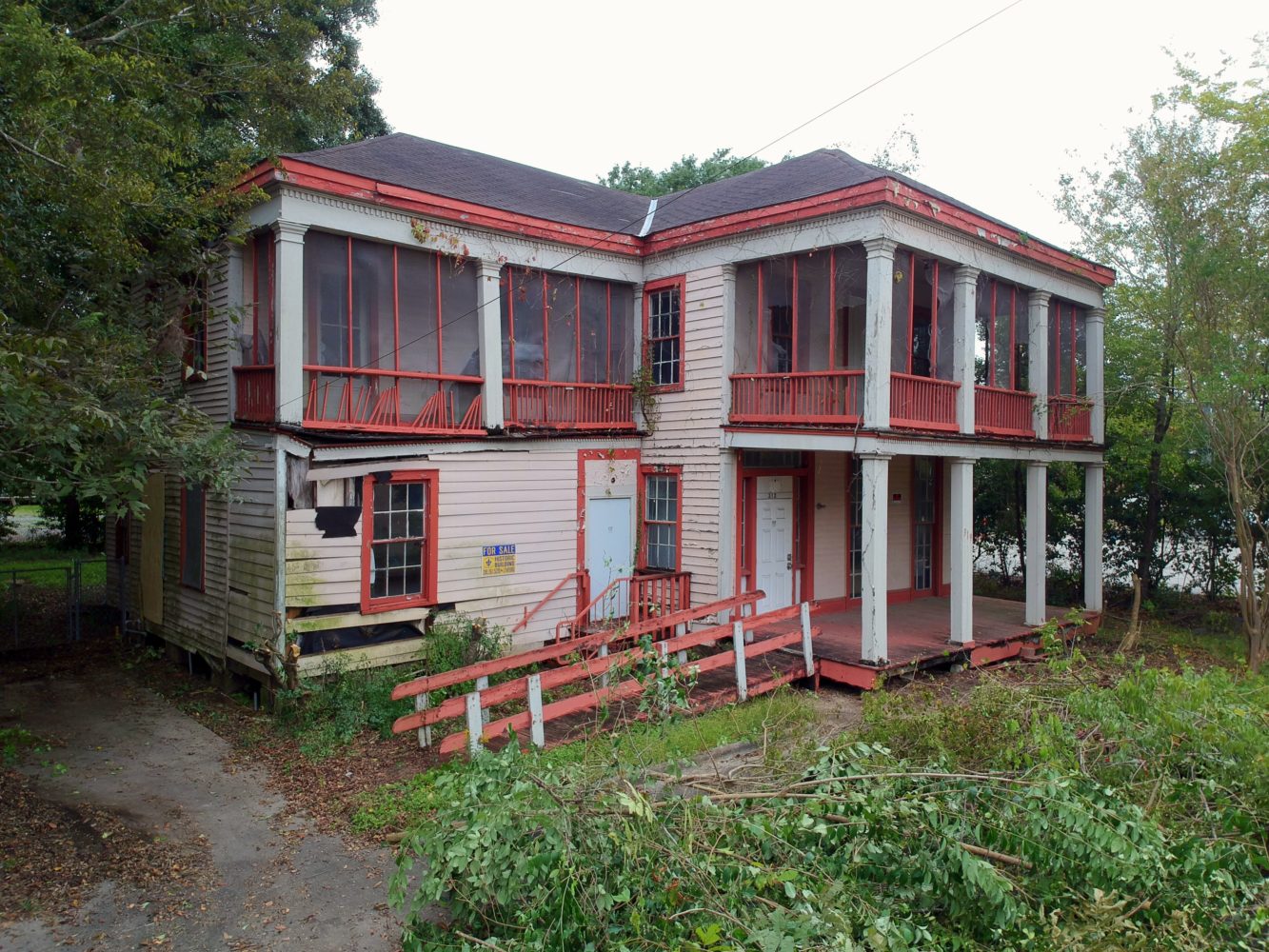
The Judge Gilbert Dupre House, at 312 S. Court St. in Opelousas, is the former home of State Representative and Judge Gilbert Dupre, the great-grandson of early Louisiana Gov. Jacques Dupre.
Another recent property ready for sale is the 1929 Tallulah Club building in Tallulah. Listed in the National Register as The Tallulah Men’s Club, and also located in the Tallulah Historic Cultural District, the property is a local landmark with the potential to qualify for both state and federal tax credits.
There are around 65 revolving fund programs across the country, most operated by local preservation groups and each one being a little different. Some programs administer grants, while others completely rehabilitate the property so it is move-in ready.
The Louisiana Trust’s program follows the model of stabilizing, marketing and selling properties with preservation easements attached. This allows us to save more buildings, while giving the most flexibility for buyers to make the building suit their needs, taste and budget.
The Preservation Resource Center of New Orleans has operated a successful revolving fund program since 1988, when Operation Comeback first began working in the Lower Garden District. That program later expanded to save endangered houses in historic neighborhoods across the city. The Louisiana Trust’s program does the same type of work in the rest of the state.
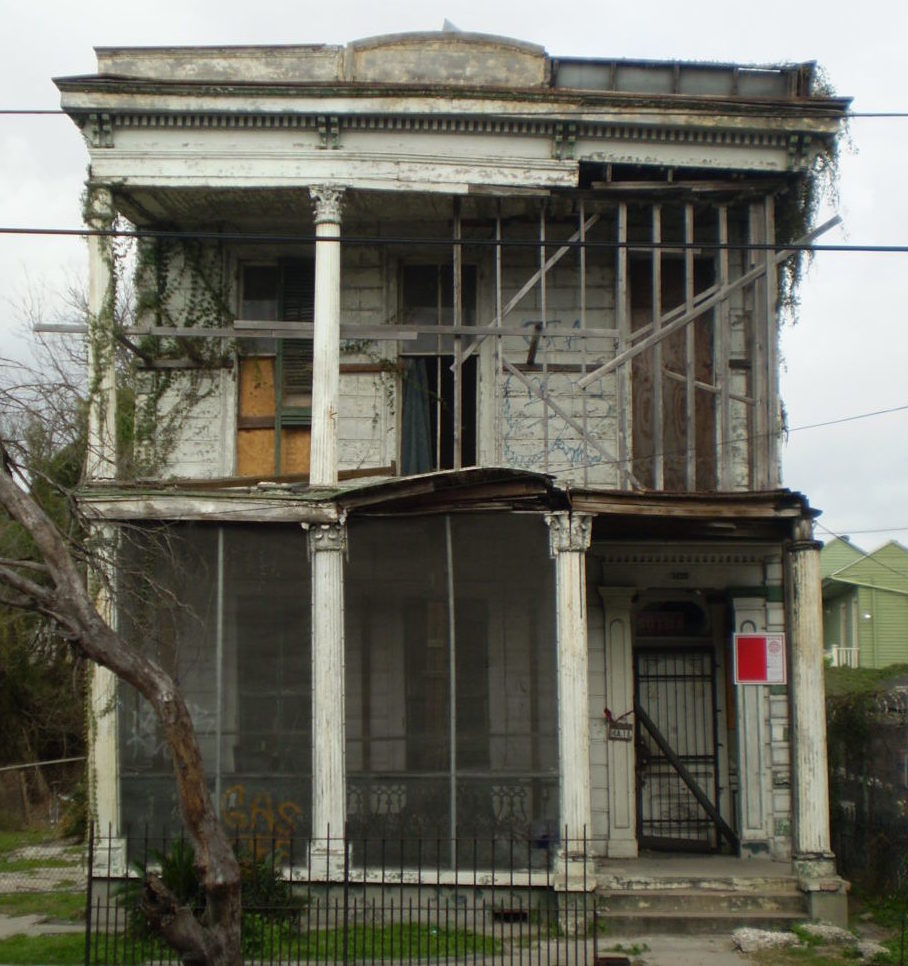
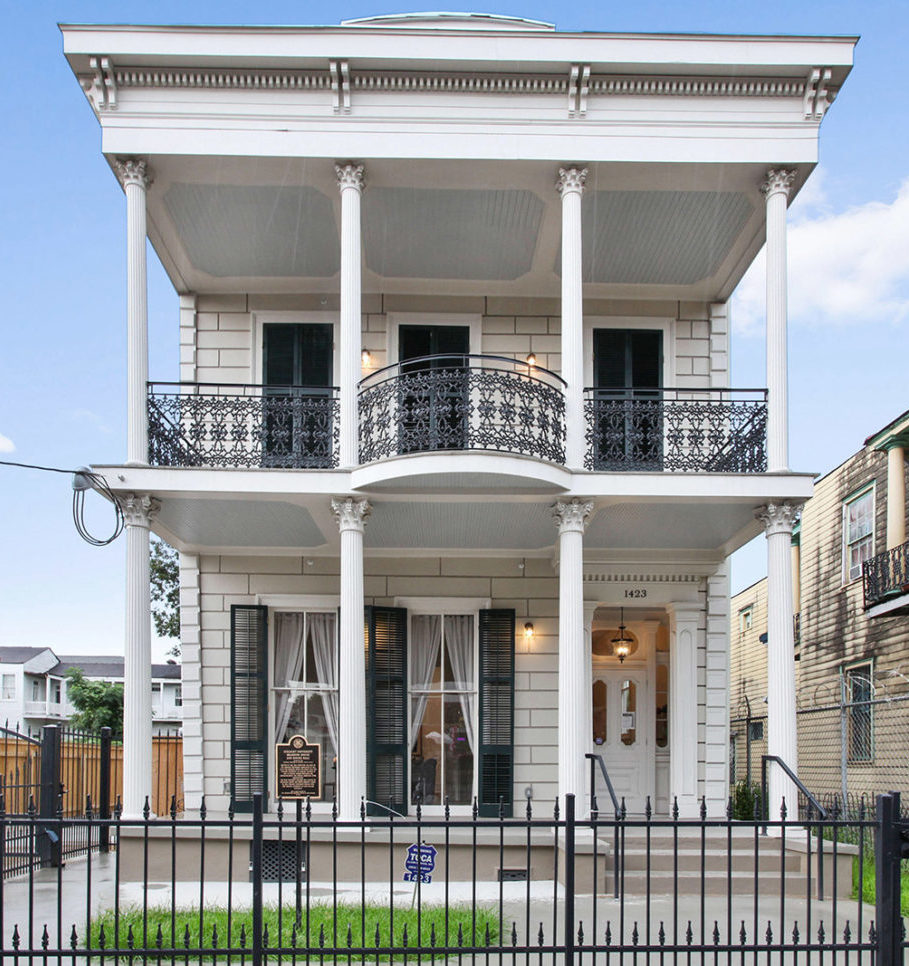
The PRC’s revolving fund, Operation Comeback, recently rehabilitated 1423 N. Claiborne Ave. – the last remaining building associated with Straight University, one of the first African-American universities in the state of Louisiana.
Revolving fund properties are sold with preservation easements (also known as covenants or conservation servitudes). These often provide the greatest return to the organization, since they are a legal way to insure the building will be maintained and protected. These legal attachments to the deed run in perpetuity and document the elements important to a building’s historic character. They also outline the process for review of modifications, such as additions or changes in floor plan. Good preservation easements should look after the building’s best interest while allowing flexibility for an owner’s needs.
For buildings without major needs, revolving fund programs can take an “option to purchase” a property. This gives the organization a set price and time period to find a buyer who will agree to rehabilitate the property. The first step in any project must be an owner’s willingness to sell, make a personal investment in a property or partner with a developer to see the building rehabilitated.
Rehabilitation tax credits can play a major role in the success of an income-producing building, where the building is determined eligible for state and/or federal credits. Louisiana led the nation in 2017 in the number of rehabilitation tax credit projects completed.
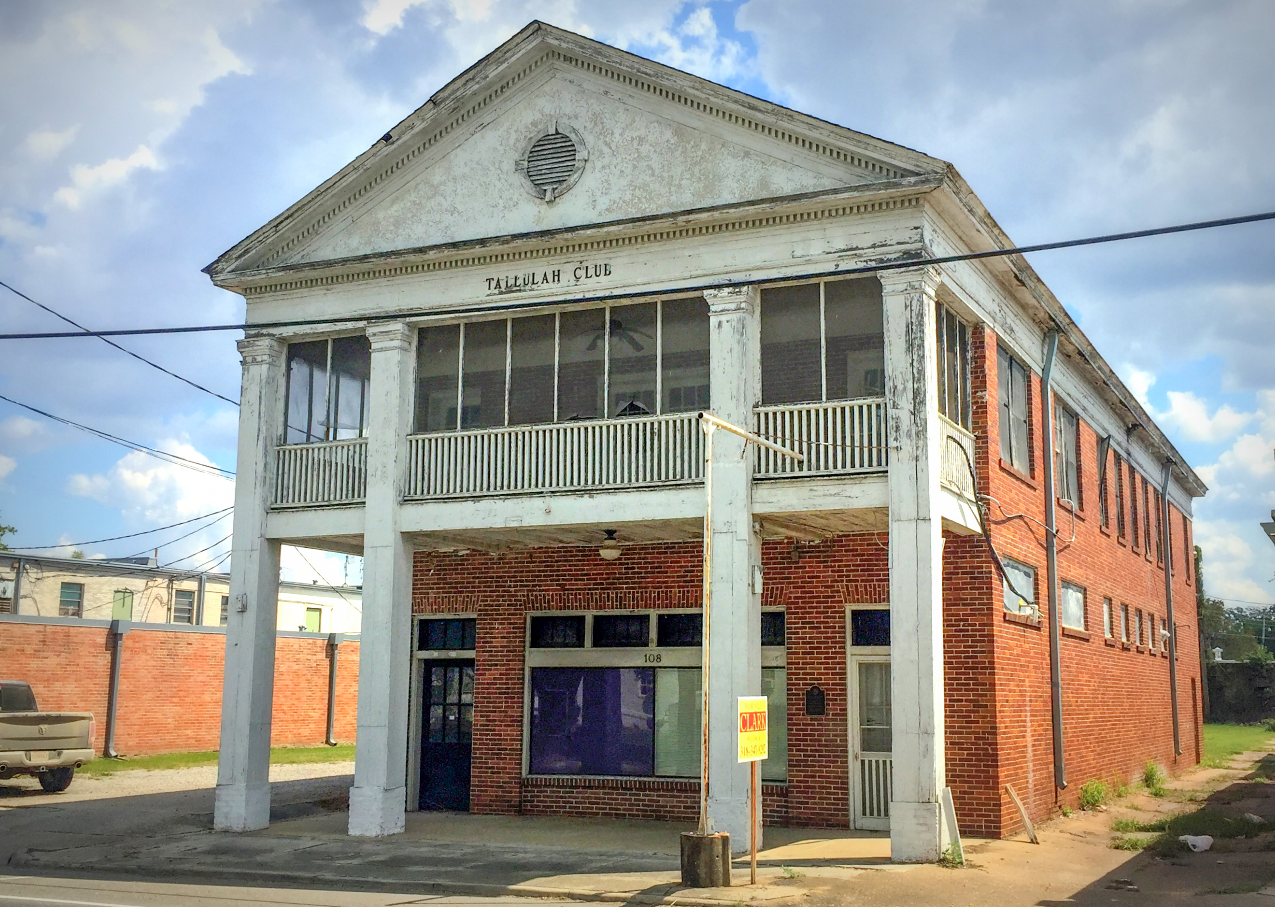
Using an “option to purchase” agreement, the Louisiana Trust for Historic Preservation is working with the owner of the Tallulah Club Building, at 108 N. Cedar St., to find a buyer.
Also, a 2017 independent study by Place Economics found that for every $1 the state of Louisiana provides in commercial rehabilitation tax credit, $8.76 in economic activity is created. Communities around the country also are looking at alternatives to demolition, such as receivership programs or placing higher property taxes on unoccupied, blighted buildings, in an effort to encourage their renewed use.
Donations of cash, stocks, building materials and properties to non-profit organizations like the Louisiana Trust and PRC are tax deductible. A bargain sale may also be a useful tool, where an owner receives some cash for the property and donates the remaining portion of the value to the non-profit group. If you own or know of endangered historic buildings that could benefit from the revolving fund program, please contact LTHP or PRC.
For more information about the Louisiana Trust’s revolving fund program, or to see photos of recent projects and available properties, visit LTHP.org and follow us on Facebook at @LTHPreservation or on Instagram at @louisianatrust.
Brian M. Davis is the executive director of the Louisiana Trust for Historic Preservation.
Advertisements



